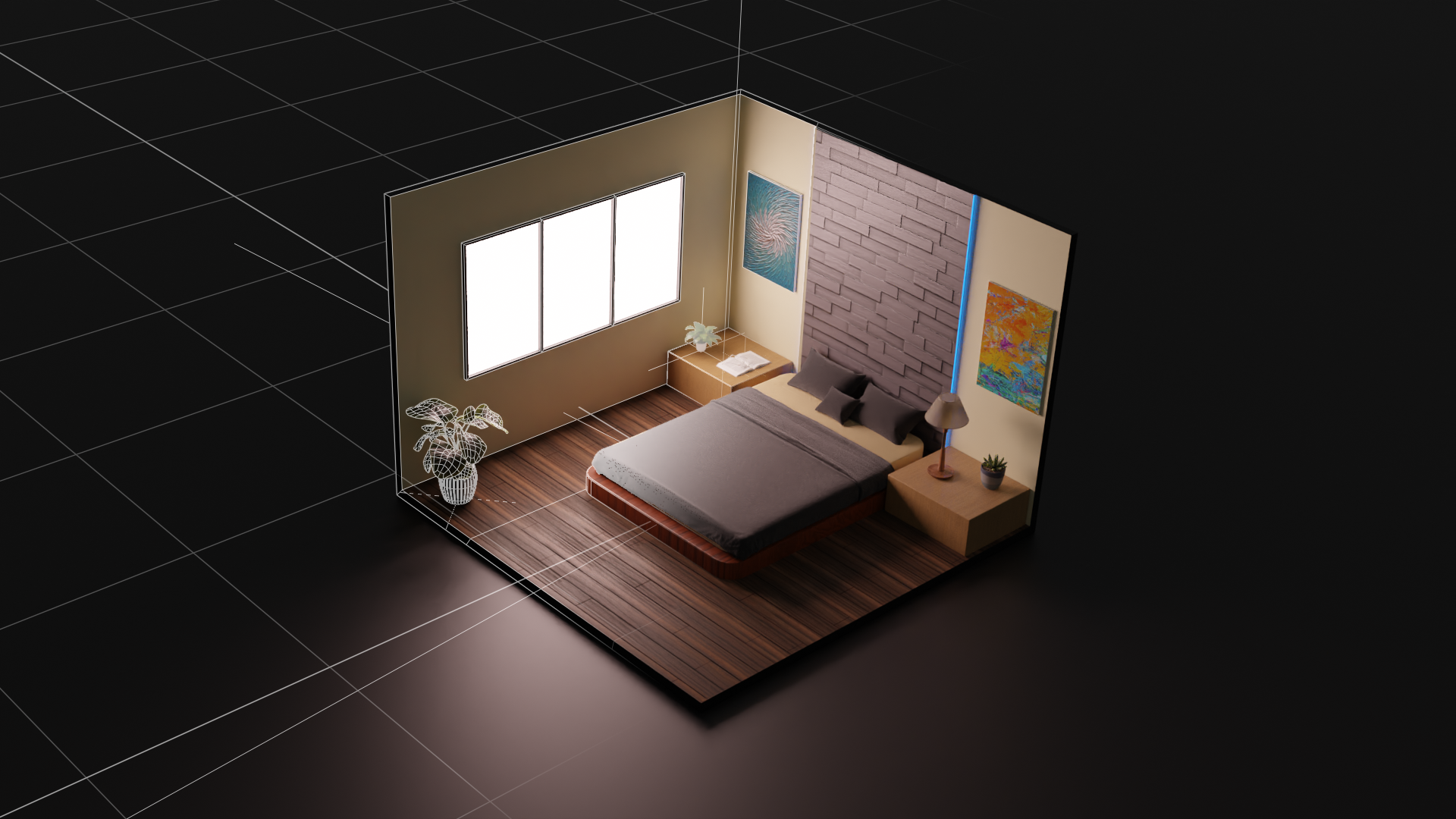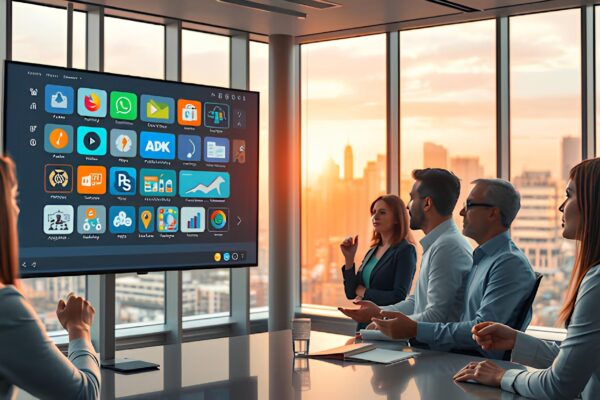
Ever wondered how your favourite animated movies come to life? That’s where 3D animation steps in! It’s like magic, but with computers and a whole lot of creativity. 3D animation is the art of creating moving images in a digital environment that’s three-dimensional. Think of it as sculpting characters and worlds in a virtual space, then bringing them to life with movement. 3D animation uses specialised software to build and manipulate digital models. These models can be rotated, moved, and viewed from any angle, just like objects in the real world. Pretty cool, right?
Understanding Animation 3D Liveliness
Imagine you’re watching a movie or playing a game, and the characters just look stiff and robotic. That’s a total buzz-kill, right? But when you get that smooth, fluid motion going on, it’s like the whole thing just comes to life before your eyes.
That’s where the animation magic happens. It’s all about adding those little details – the way a character shifts their weight, the subtle movements of their facial expressions, even the way their clothes and hair move. It’s those tiny touches that make the whole thing look like it’s breathing and pulsing with energy.
The 3D Animation Stages :
- Modeling: Thai is the first step in making 3D animation. Displaying is the most common way of making energised characters and items with three aspects. It is where they actually build those 3D objects and characters using specialised software like Maya or Blender. This is the digital sculpting stage that turns your 2D concepts into 3D assets. Thanks to a variety of calculations, the models can be anything from simple cube to complex characters and sceneries with point-by-point highlights.
- Texturing: After the models have been made, Texturing is like giving your 3D models a fancy new outfit. You get to decide what kind of materials they’re made of – wood, metal, fabric, you name it. And not just the materials, but also the colors, patterns, and all the little details that make your models stand out.
- Rigging: Rigging refers to the process of creating a skeleton for the 3D models so that they can move. This includes putting together the bones and joints that show how a model can be energized. Rigging is necessary for characters to move in a believable and natural way.
- Animation: This is where the magic happens. Animators bring the rigged models to life by defining their movements. This can range from simple activities like walking and talking to more complicated groups like dance schedules or battle scenes.
- Rendering: Alright, so you’ve put in all the hard work – modeling those super complex objects, laying out the scenes, animating everything to perfection. But now comes the real test – the rendering stage. This is where that 3D scene you’ve been building finally gets transformed into those gorgeous, photorealistic images or videos.
Applications of 3D Animation
Just look around – 3D animation pops up in product design, architectural visualisations, medical training, scientific simulations, and even marketing and advertising. Basically anywhere you need to visualise something in amazing detail, 3D animation has your back.The most typical uses are as follows:
3D Animation In Film and TV
The film and media business is one of the most notable applications for 3D activity. 3D videos play a crucial role in revitalising creative universes, from animated highlight films like Pixar’s “Toy Story” to stunning enhanced visualisations in surprisingly realistic films like “Symbol.”
Computer Games
The computer game industry intensely depends on 3D movement to make vivid and intelligent encounters. Characters, conditions, and, surprisingly, the ongoing interaction mechanics are completely transformed by modern 3D liveliness techniques.
Advertisement and Marketing
To deliver paramount and eye-getting advertisements, promoting and showcasing firms utilise 3D activity. 3D liveliness helps brands stand out in a crowded shopping centre, whether it’s through a practical 3D product view or a character drawing.
Architecture and Real Estate
In the fields of architecture and real estate, animation 3D is used to create in-depth visualisations of spaces and buildings. This liveliness assists clients and partners with understanding the plan and format before a venture is constructed, permitting them to settle on better choices.
Medical and Scientific Visualisation
Medical and scientific visualisation can also benefit from 3D animation. It can be utilised to simplify the comprehension and communication of complex scientific concepts, medical procedures, and biological processes.
Product Design
And let’s not forget about marketing! 3D animated product demos and commercials are way more engaging than boring old static images or videos. You can showcase your product in action, highlight its coolest features, and make it look like the hottest thing since sliced bread.
Skills Needed for 3D Animation
Skills required for animation 3D to become an expert animator, one must combine artistic talent with technical knowledge. For a career in 3D animation, the following skills are necessary:
Artistic Skills for 3D animation
Drawing and sketching: To create character designs, storyboards, and concept art, you need to be good at drawing.
Understanding life’s structures and progression: For making realistic and adequate individual developments, data on human and animal structures are essential.
Familiarity with timing and pacing: It is essential for an illustrator to have a keen sense of timing and pacing in order to lock in and make movements feel consistent.
Technical Skills in 3D Animation
3D Plan for Specialised Abilities: 3D displaying software like Blender, Maya, or 3ds Max must have the necessary capabilities for creating precise and sensible models.
Rigging: For animation, it is necessary to be able to build functional skeletons for 3D models and comprehend the fundamentals of rigging.
Methods of Transport: Keyframe movement, movement catch, and procedural liveliness are examples of activity strategies that are necessary to know in order to update models.
Rendering: Delivering programming and techniques should be perceived to create excellent last pictures.
Capacity for programming: Artists can benefit from being able to use industry-standard software like Houdini, and ZBrush in today’s competitive job market.
The Future of 3D Animation
The world of 3D animation is about to get even more mind-blowing. We’re talking next-level stuff that’ll make your jaw drop. With tech advancing faster than you can say “render,” the future of 3D animation looks brighter than a supernova.
On top of that, 3D is becoming more accessible than ever with cheaper software and easier tools for beginners. Suddenly anyone can be an animator from home.As the technology continues advancing, who knows what kinds of boundaries will be pushed? Animated movies could become indistinguishable from live-action. Video games will be cinematic experiences. Maybe we’ll even see 3D animated social media profiles or digitised influencers hitting the mainstream.
Conclusion
At the end of the day, 3D animation is all about bringing ideas and stories to life through mind-blowing visuals. Whether you’re talking about Pixar movies, corporate software explainers, or those awesome 3D product demos – it’s some seriously cool stuff!
The possibilities are endless when you combine creativity, powerful software, and a knack for this craft. You can make dinosaurs seem real, build entire fantasy worlds, or animate a talking candlestick – the sky’s the limit.
Delivering 3D video content requires both imaginative and specialised ability, as we have seen. From modeling and texturing to rigging and rendering, each step necessitates an in-depth understanding of both art and science. The future of 3D activity appears promising, with exciting opportunities for liveliness experts worldwide, as innovation continues to advance.




